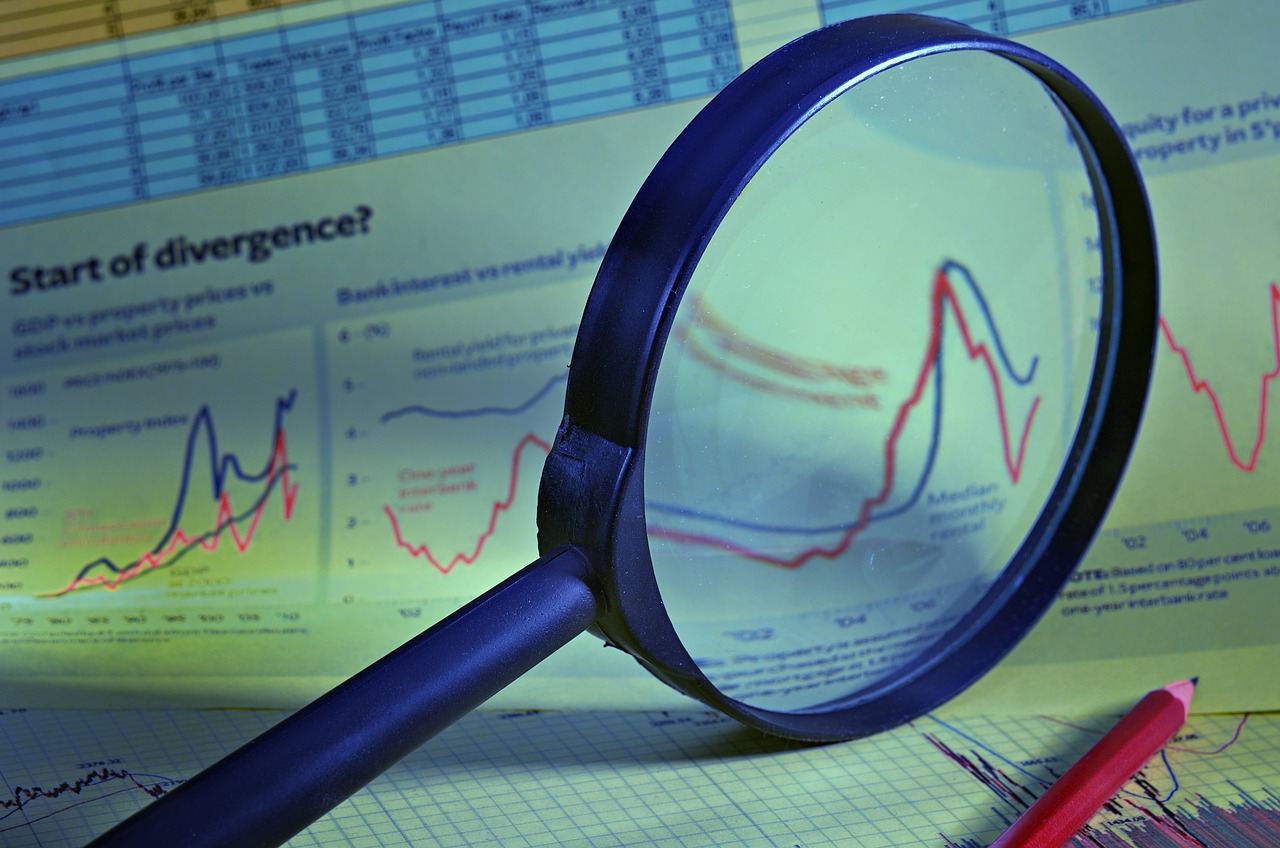
Economic indicators are the economic statistics that help individuals and governments understand the country’s economic direction. In addition, these indicators guide investors when deciding when to sell or buy investments. For instance, if the stock market is low and rising, one may opt to buy, but if the market is at its peak, this is a good selling opportunity. Therefore, this article will focus on different types of indicators of an economy.
Stock Market
The stock market is an important indicator when understanding the state of the economy of a country. This is because stock prices are based on the expected earnings of companies operating in a country. When companies accurately estimate their earnings, then the stock market can be used to indicate the direction of the economy. For example, an upmarket may suggest that the estimated earnings increa se; hence, the economy is thriving. On the other hand, a down market may indicate that a company’s earnings will decrease; hence, the economy may be headed towards stagnation.
se; hence, the economy is thriving. On the other hand, a down market may indicate that a company’s earnings will decrease; hence, the economy may be headed towards stagnation.
Gross Domestic Product (GDP)
The GDP represents the size of the economy or economic growth and production. There are two ways of measuring GDP, which include the expenditure method and the income approach. The income approach adds all that was earned in a year, including taxes, gross profits, minus the total compensation to employees and subsidies provided. The expenditure method adds what was spent in a year, including government spending, total consumption, investments and exports. For example, if the GDP was up by 3% in 2020, the economy has grown by 3% from the previous year (2019). A decreasing GDP shows that businesses are not making more money and a decrease in living standards. An increasing GDP indicates the reverse.
